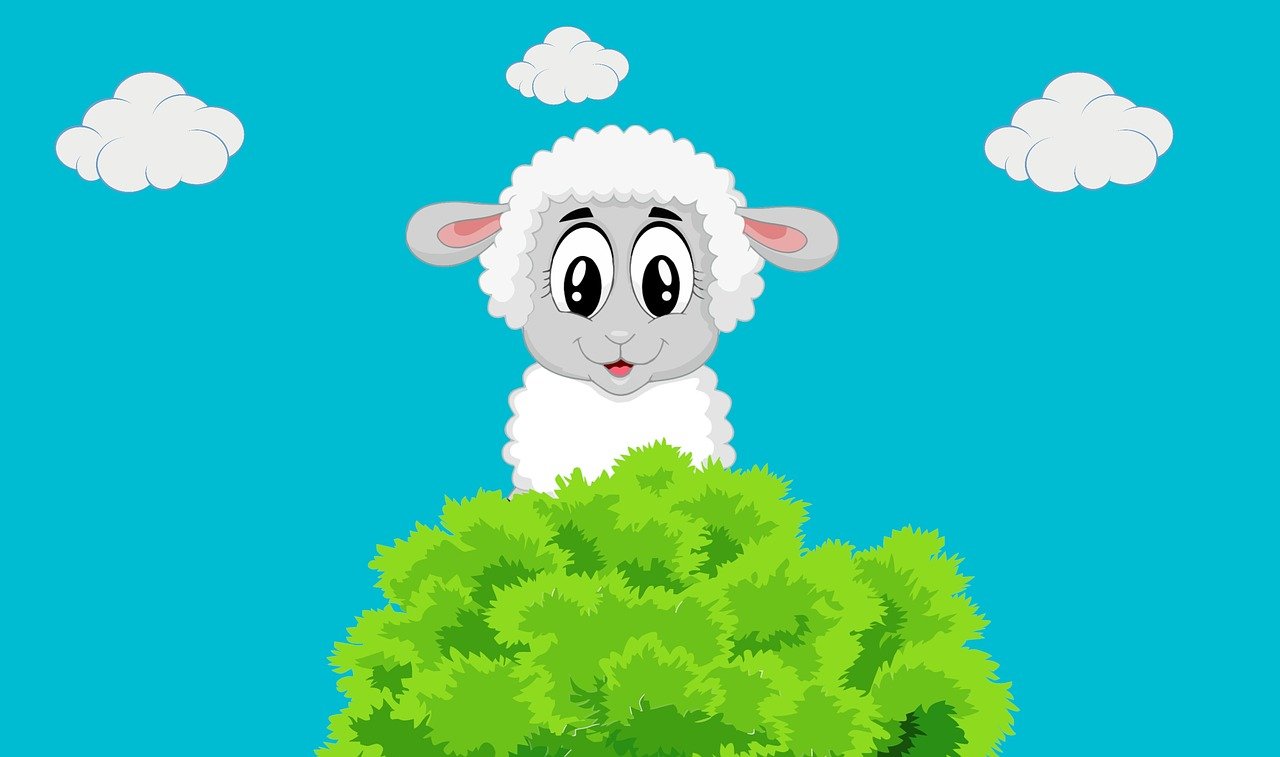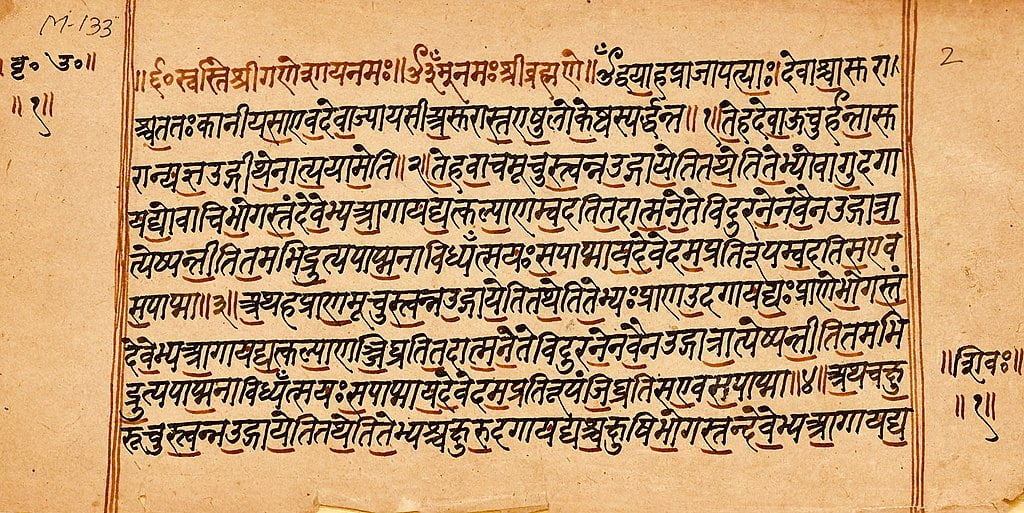Category: Civilisational India
-

Festival of Love, Compassion, and Sacrifices- Eid-ul-Adha
Life is full of enormous events and it contains multiple things together. It includes happiness, love, compassion, peace, festival, life, death, self-introspection, realization, and much more. And each thing makes life beautiful and calm and events make life joyous and pious. In life, festivals play a vital role. Each religion has its own festivals and…
-

4 Vedas, Facts, And Brief Summary.
Name of 4 Vedas are: Rig Veda Yajur Veda Sama Veda Atharva Veda As per the Mahabharata Vedas were divided into 4 categories by Krishna Dvaipayana commonly known as Vyasa. Majorly he is credited for the re-organization of the Vedas for the ease of the common understanding. The exact date of origin of Vedas cannot…
-

Tantra Yoga, Guide, and 5 best benefits.
What is Tantra Yoga? Tantra Yoga is the yogic technique for creating a higher desire to become one with the supreme Brahman (higher consciousness). Tantra comes from two words Tan and Tra meaning ‘expansion’ ’ and ‘means of doing. Yoga means union. Collectively, the direct meaning of Tantra Yoga is the means of expansion followed…
-

Purusha and Prakriti, a great union of the 2 forces.
Purusha and Prakriti are the manifestation of the single self in the same Universe. In Indian Philosophy, majorly in Sankhya, Purusha is regarded as Masculine (Shiva), and Prakriti is regarded as Power (Shakti). This is a dualistic view, however, unites to the singularity. It is in such a way that Purusha and Prakriti are incomplete…
-

4 Varnashrama Dharma, origins and best duties, in Indian Society
Varnashrama Dharma is one of the key concepts in Hinduism. It is the division of one’s lifetime based on duties. There are four Varnashrama Dharma namely, Brahmacharya Ashrama, Grihastha Ashrama, Vanaprashta Ashrama, and Sanyasa Ashrama. Commonly considered time scale for each Ashrama 25 years. It is in such a way that for Brahmacharya Ashrama the…
-

Turiya and final samadhi, 4th consciousness wonder.
Turiya State, an Overview Turiya is the final stage of human consciousness. It encompasses all the three stages which we described in our previous articles. It is mentioned in Mandukya Upanishad with the other three stages being the final destination for the Yogis. However, there is also the mention of another stage or the fifth…
-

Sushupti Avastha of Human Consciousness.
The Sushupti Avastha is the third form of the human consciousness. The common translation found in most of the articles on the web is Deep Sleep. Metaphorically in some context, you can call it a deep sleep but literally, the meaning is something else. It is the dormant stage of human consciousness. In modern scientific…
-

Significance of Dreams, the Swapna Avashta
The second stage of human consciousness is the Swapna Avastha or the stage of Dream. The commonly referred word is sleep stage but the Sanskrit word used is Swapna whose literal translation is Dream, but not sleep. In this series of articles, the first one was the Jagrit Avastha or the stage of Wakefulness. It…
-

Jagrit Avastha of Human Consciousness
As Per the Major Upanishads, there are four stages of human consciousness called Jagrit, Svapna, Sushupti, and Turiya. These conditions are equated with the word ‘OM’ so that when someone encompasses the four stages becomes equivalent with OM i.e. Brahman. What is the first stage called the Jagrit condition in Hindu Philosophy/Psychology? We the beings…
-

108 Upanishads, the list.
Here is the list of 108 Upanishads from the Muktika Upanishad. The 108 Upanishads are the metaphysical texts that explore our own existence through the concepts of Brahman and Atman. You can read our other Articles to know more about the idea of Upanishads. The List of 108 Upanishads. Isha Upanishad Kena Upanishad Katha Upanishad …